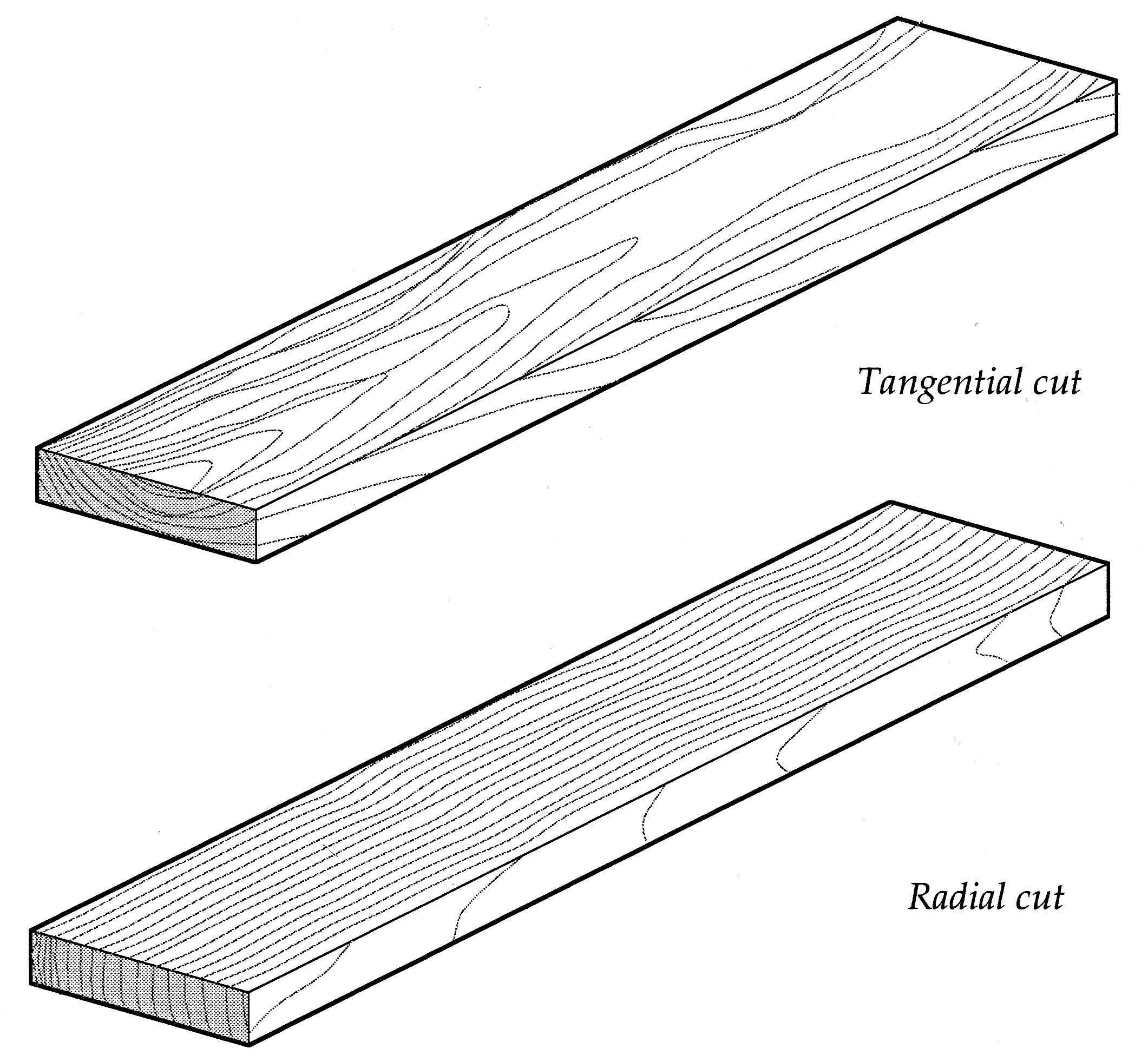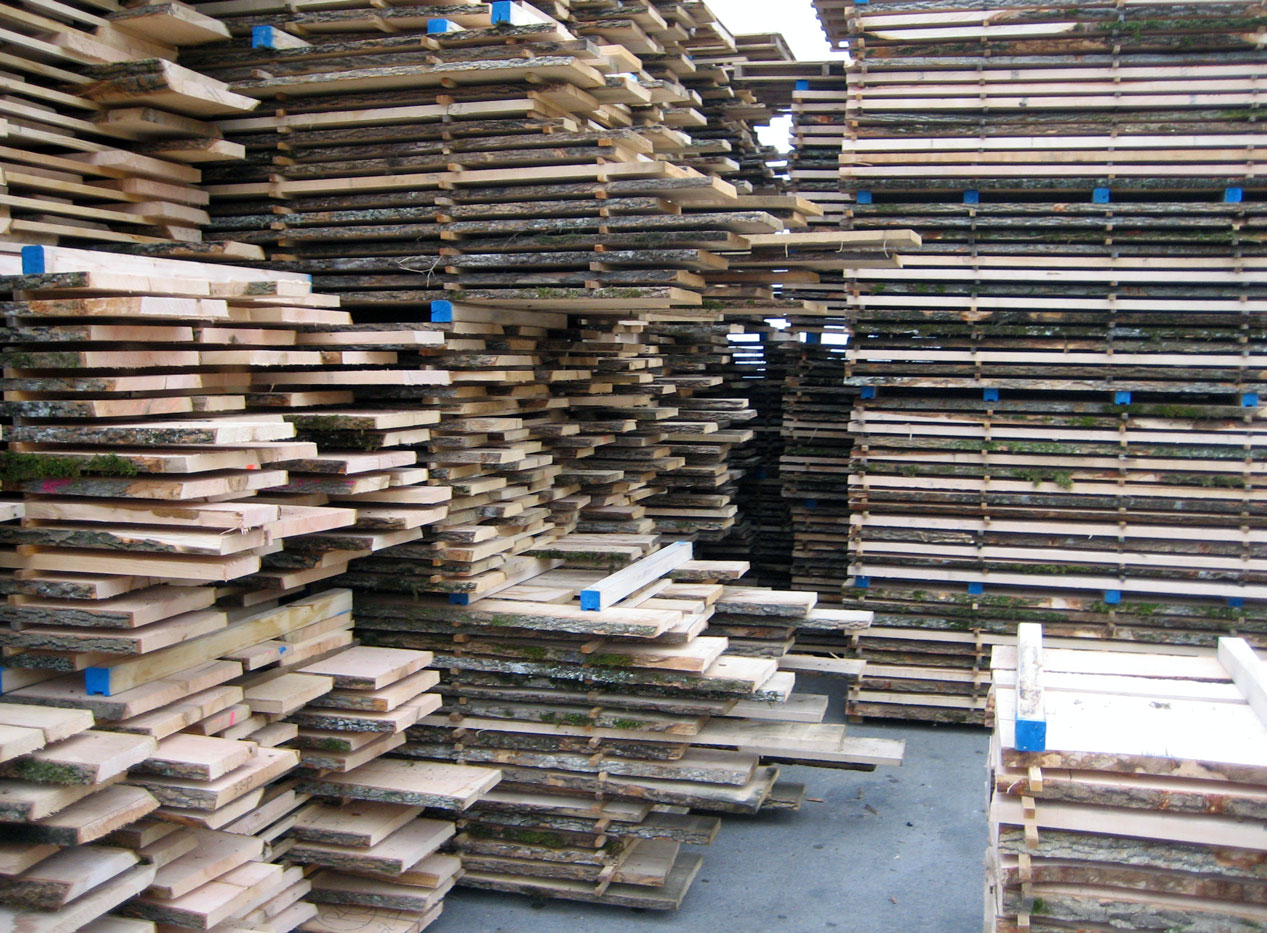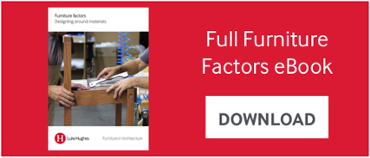In this post we discuss the appearance of solid timber parts, allowing you to effectively utilise the natural patterns in your designs. This continues our series covering technical considerations when designing with materials, which our past clients and collaborators have found invaluable for their custom furniture projects.
Please note: this information is based on the experience of Luke Hughes; it is not intended to be the final word.
Solid timber effects

The most common effects of solid timber are known as ‘radial’ or ‘tangential’.
A tangential or crown-cut board gives the effect of a pointed loop in the centre of the board with straighter grain at the edges.
A radial or quarter-cut board gives a straight grain, sometimes with a pronounced stripy effect; some timbers such as oak produce a specially attractive feature - medullary rays.
Colour changes
All timbers change colour after they are worked once the revealed faces are exposed to both light and air. Dark timbers tend to get lighter, light timbers tend to get darker. They all change with time. Exposure to direct sunlight is always likely to have a dramatic effect on the timber colour; they are all bleached by sunlight.
Some timbers (e.g. American cherry) are extremely photo-sensitive and will change colour rapidly in the first year or so before settling to a warm, mellow shade. If exposed to direct sunlight and partly covered (say, by a magazine), the timber will reflect a distinctive outline within minutes. The cure is further exposure to the light source but the short- term effect can be unsettling. There is no known prevention for this phenomenon though certain stains mask some of the effect.
Further technical knowledge on timber and more can be found in our new eBook 'Furniture factors: Designing around materials'.
Enjoy the article? Delve deeper into Luke Hughes & Company’s place in the Arts and Crafts tradition with the fascinating new book 'Furniture in Architecture' . Available through Thames & Hudson






